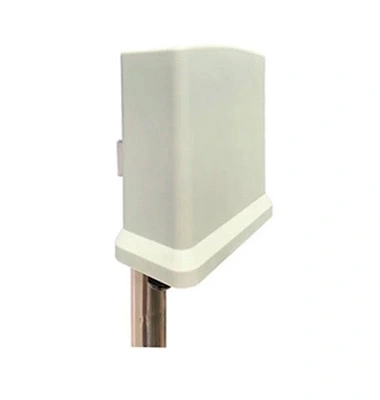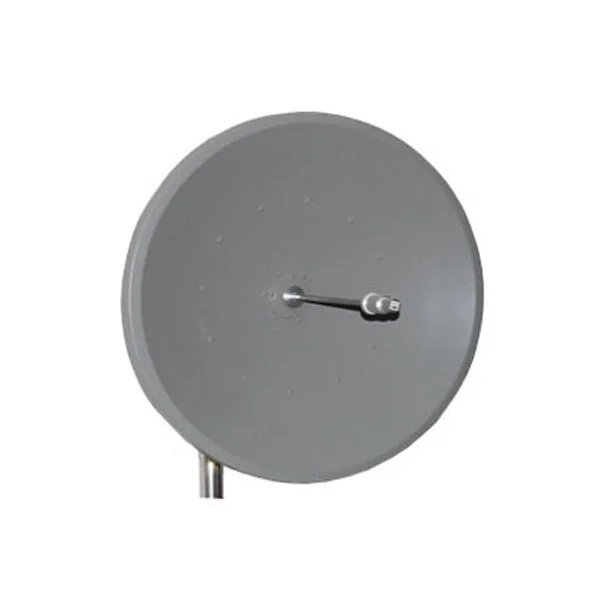In today's fast-paced world, staying connected is essential. Thus, the demand for efficient and reliable communication networks, such as GSM (Global System for Mobile Communication), continues to grow. A crucial component in GSM networks is the sector antenna, which plays a pivotal role in ensuring seamless connectivity. In this blog post, we will delve into the emerging trends and advancements in GSM sector antenna technology, focusing on its importance, benefits, and future prospects.
Understanding GSM Sector Antenna Technology
GSM sector antenna is vital in providing wireless coverage in specified areas, commonly referred to as "sectors." These antennas play a critical role in directing signals within their designated sector, maximizing coverage and minimizing interference. As the demand for faster data transmission and increased network capacity surges, the need for advanced GSM sector antenna technology becomes ever more prevalent.
Advancements in GSM Sector Antenna Technology
Multi-Band Capabilities
Traditionally, GSM sector antennas were designed for a specific frequency band. However, recent advancements enable antennas to be compatible with multiple frequency bands, allowing for more flexibility and efficiency in communication networks.
Miniaturization and Aesthetic Appeal
With the ever-increasing number of wireless devices, the need for aesthetically pleasing GSM sector antennas has risen. Engineers are now focusing on miniaturizing these antennas without compromising their performance, ensuring they blend seamlessly into their surroundings.
MIMO (Multiple-Input Multiple-Output) Technology
MIMO technology, a key advancement in antenna technology, enables the transmission of multiple data streams simultaneously. By deploying GSM sector antennas with MIMO capabilities, network operators can significantly enhance the overall network performance and user experience.
Benefits of GSM Sector Antennas
Enhanced Signal Strength and Coverage
GSM sector antennas improve signal strength and ensure extensive coverage within their designated sectors, minimizing dead zones and dropouts. This translates into better call quality and faster data transmission speeds.
Reduced Interference
By directing signals within specific sectors, GSM sector antennas minimize interference from neighboring antennas or external sources, enhancing overall network reliability and performance.
Cost-Effectiveness
Deploying GSM sector antennas allows operators to optimize network resources, providing cost-effective solutions when expanding network coverage. This targeted approach ensures efficient usage of network equipment and bandwidth.
Future Prospects for GSM Sector Antenna Technology
5G Integration
As we move towards a 5G era, GSM sector antennas will evolve to incorporate 5G frequency bands, facilitating a smooth transition to this advanced wireless technology. The integration of 5G capabilities into GSM sector antennas will support faster data rates, ultra-low latency, and increased network capacity.
Smart Cities and IoT
Emerging trends, such as the development of smart cities and the Internet of Things (IoT), will demand robust communication networks. GSM sector antennas will play a crucial role in ensuring reliable connectivity for various IoT devices and supporting smart city infrastructure.
Advanced Beamforming Techniques
Beamforming, a technique that improves signal transmission by focusing the radio waves in specific directions, will continue to advance. Future GSM sector antennas will incorporate advanced beamforming algorithms to further enhance signal strength, coverage, and network efficiency.
The evolution of GSM sector antenna technology continues to shape the communication landscape, propelling us towards more efficient and reliable wireless networks. As multi-band capabilities, miniaturization, and MIMO technology gain traction, GSM sector antennas are poised to meet the ever-increasing demand for enhanced signal coverage, reduced interference, and cost-effective network expansion. With the imminent integration of 5G and the advent of smart cities and IoT, GSM sector antennas will continue to play a pivotal role in establishing seamless connectivity for a connected future.

 English
English





